10 key contests to look out for on election night
The General Election is upon us, and voting is under way. The UK isn’t used to consecutive elections where the ultimate result is unclear, and following 2010’s hung parliament, both the Labour and Conservative Parties are hoping to emerge as the largest party. Then the business of attempting to form a government can begin, with smaller parties set to enter the fray. With the help of the Democratic Dashboard, Sean Kippin looks at 10 key seats which will determine both the election, and the shape of things to come after it.
The SNP are expected to bruise, batter, and ultimately defeat the Labour Party in Scotland. Jim Murphy, the Labour candidate for Renfrewshire East, and Leader of the Scottish Labour Party is defending a majority of 10,520, and won the election with over 50% of the vote in 2010. Although not the largest majority in Scotland, the SNP is pushing hard for the seat. And while the SNP do not ‘need’ to win it to drastically alter the face of Scotland’s electoral politics, decapitating the Labour Party on top of their all-but-confirmed rout would put a cherry on top of a stunningly comprehensive victory.
Click here to visit the Renfrewshire East Democratic Dashboard page.
Another party leader hoping to keep hold of his seat is the Deputy Prime Minister, Nick Clegg. His seat is doubly important, because it may be that the future of the current coalition hinges on his survival. Clegg has seen his seat transform from a very safe Liberal Democrat seat with a majority of over 15,000, to one where he has been forecast by some polls to lose to the Labour Party’s Oliver Coppard. He will be hoping that Conservative voters lend him their vote in order to stop the Labour tide.
Click here to see the Democratic Dashboard page for Sheffield Hallam.
Nigel Farage has made no secret of his prospects of survival as the Leader of UKIP if he doesn’t survive, going so far as to commit to stepping down if he doesn’t squeeze to victory in South Thanet. The source of UKIP’s appeal has been the subject of much speculation and academic research, but a large portion of that appeal can be laid at Nigel Farage’s door, with his pint quaffing, tab-smoking persona representing a breath of fresh air. In South Thanet, he is in for a fight, with the Conservatives currently enjoy a majority of 7,617. However, the seat has a strong appeal to UKIP, owing to its demographics and political profile. If Farage loses, could it be the beginning of the end for UKIP? After all, we all remember what happened last time…
Click here to see the Thanet South Democratic Dashboard page.
Thurrock was extraordinarily close in 2010, with Labour coming within a hair’s bredth of retaining a seat which ultimately went to the Conservatives. The former BBC journalist and Ed Miliband adviser Polly Billington is seeking to recapture it, and will have to overturn a majority of only 92 in order to do so. However, UKIP are also in play, and have been seen to poll strongly in Lord Ashcroft’s marginal polls. If Labour can win seats like this (particularly if it manages to do so comfortably) it may be on course for a good night. Likewise, if the Conservatives can hold on – or increase their majority – things will be looking very rosy.
Click here to see Thurrock’s Democratic Dashboard page.
In 2010 the Liberal Democrat candidate Simon Wright won the seat by a whisker, ahead of the former Labour Home Secretary Charles Clarke. It was notable last time out for being a three-way marginal, and is set to be again this time (with the Greens likely to be a more prominent factor, and the Liberal Democrats looking likely to bow out). Labour meanwhile will be looking to reclaim the seat, and will need to win seats like this in order to be the largest party in the House of Commons.
Click here to see the Democratic Dashboard page for Norwich South.
As in Norwich South, the Green Party will be seeking to prosper in Brighton, where the only MP they saw returned in 2010 (Caroline Lucas) is seeking re-election. She does so in the face of a formidable looking Labour challenge, and a not-insignificant Conservative presence. Money has been spent by the bucketload on the seat, with voters having, on average, £1.99 spent on trying to win their vote. Again, Labour needs to win seats like this to be in strong contention to finish first in terms of seats in the House of Commons.
Click here to see Brighton Pavilion’s Democratic Dashboard page.
Nuneaton, in the county of Warwickshire, is a key contest in this election for Labour and the Conservatives, with the former projected to take the seat, despite a reasonable swing to the Conservatives in 2010. A result is expected relatively early in the night, and provide an early indication of the state of the race. UKIP performed strongly at the European elections in seat, and will be hoping to put the cat amongst the pigeons – though a repeat performance of 2014 looks very unlikely.
Click here to see the Democratic Dashboard page for Nuneaton.
Bristol West is currently held by the Liberal Democrats, though this may be set to change. One of only a few constituencies to have been held by three different parties across the previous five elections, it is not averse to change, and a recent surge by the Green Party has put them into contention, while Labour too will be hoping to capitalise. The 2013 local election, and the 2014 European election showed that the constituency is anything but uniform, with the Conservatives, Labour, UKIP and the Greens all performing strongly.
Click here to see Bristol West’s Democratic Dashboard page.
9) Paisley and Renfrewshire North
In 2010, Labour suffered their worst election result in a generation. Despite this, the result in Paisley was never in question, and Labour’s then International Development Secretary Douglas Alexander won with an enormous majority of 16,614. In 2015, he is in the fight of his life against the 20-year old Mhairi Black. If Labour lose this, their defeat will be total. On top of that, they will have lost their election coordinator, and the man who would have probably become Foreign Secretary in the event of a Labour government. A Labour loss would be dramatic indeed.
Click here to see the Paisley Democratic Dashboard page
Northampton North will be called at 2am, making it one of the first marginals to declare, and it is likely to give a very strong indication as to the eventual result. The Conservatives will be hoping to hold onto their 1,936 majority, while Labour will be hoping to regain the seat, having held it between 1997 and 2010. Money has been ploughed into the seat, with the average voter having had £2.07 spent on winning their vote. The Liberal Democrats performed strongly in 2010, but have faded, making this is a good, old-fashioned two-party race to the finish.
To see the Northampton North Democratic Dashboard page, click here. 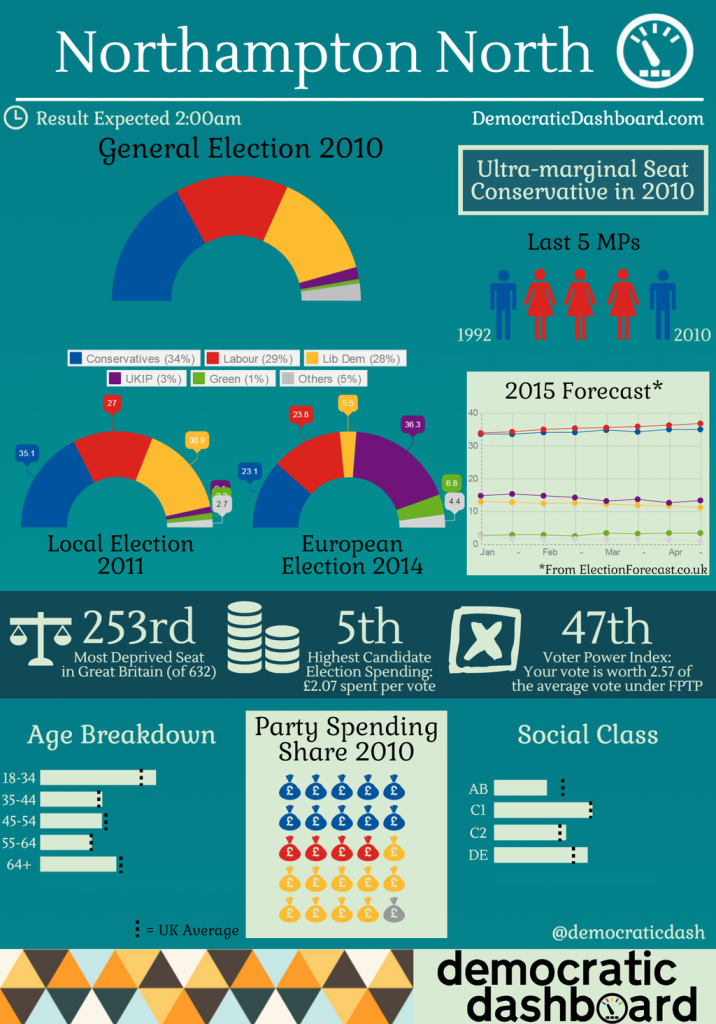
—
Note: this post represents the views of the author, and not those of Democratic Audit or the LSE. Please read our comments policy before posting.
—
 Sean Kippin is Managing Editor of Democratic Audit. He received a Degree in Politics from the University of Northumbria in 2008, and an MSc in Political Theory from the London School of Economics in 2011. From 2008 to 2012 he worked for the Rt Hon Nick Brown MP in Newcastle and in the House of Commons, and for Alex Cunningham MP. He has also worked at the Smith Institute think tank, and as an intern for the Co-operative Party. He has been at Democratic Audit since June 2013, and can be found on twitter at @se_kip.
Sean Kippin is Managing Editor of Democratic Audit. He received a Degree in Politics from the University of Northumbria in 2008, and an MSc in Political Theory from the London School of Economics in 2011. From 2008 to 2012 he worked for the Rt Hon Nick Brown MP in Newcastle and in the House of Commons, and for Alex Cunningham MP. He has also worked at the Smith Institute think tank, and as an intern for the Co-operative Party. He has been at Democratic Audit since June 2013, and can be found on twitter at @se_kip.

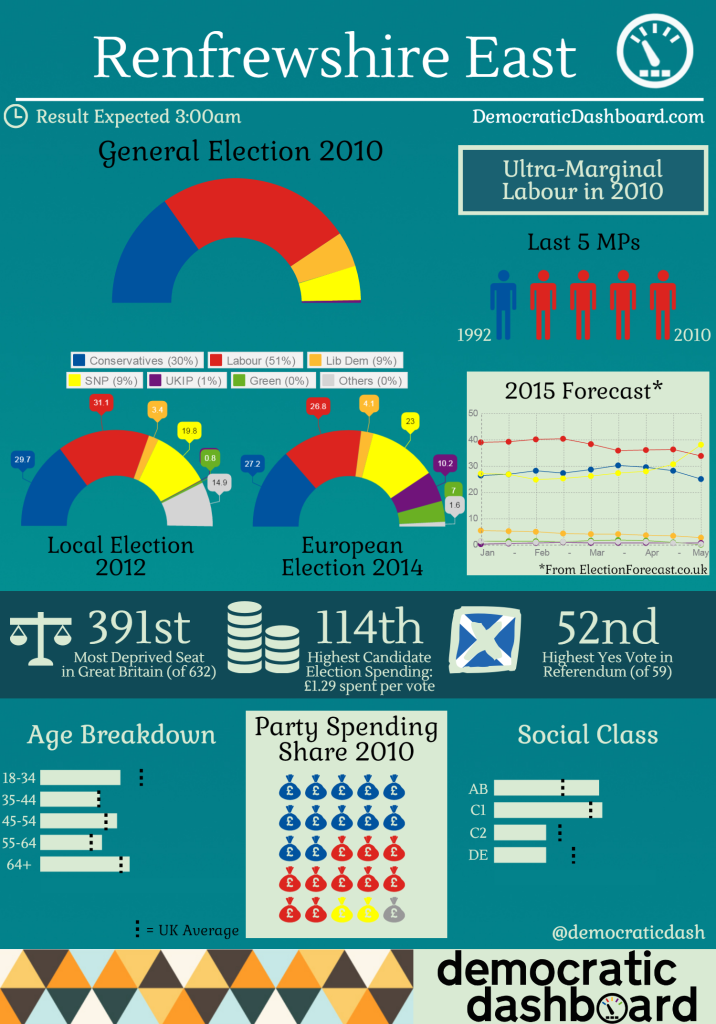
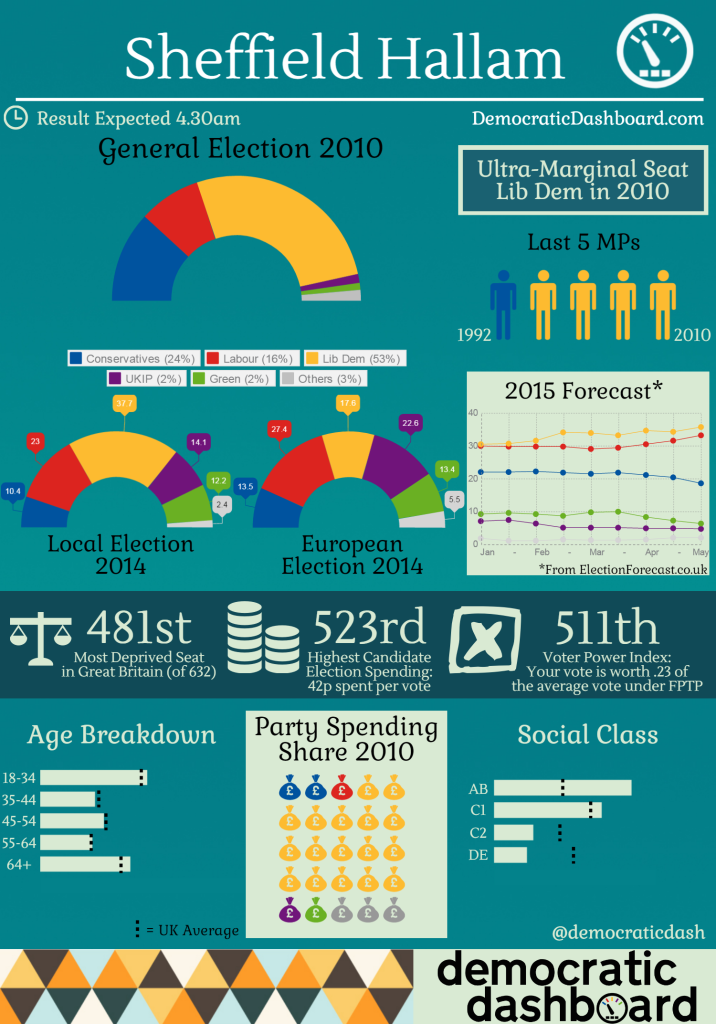
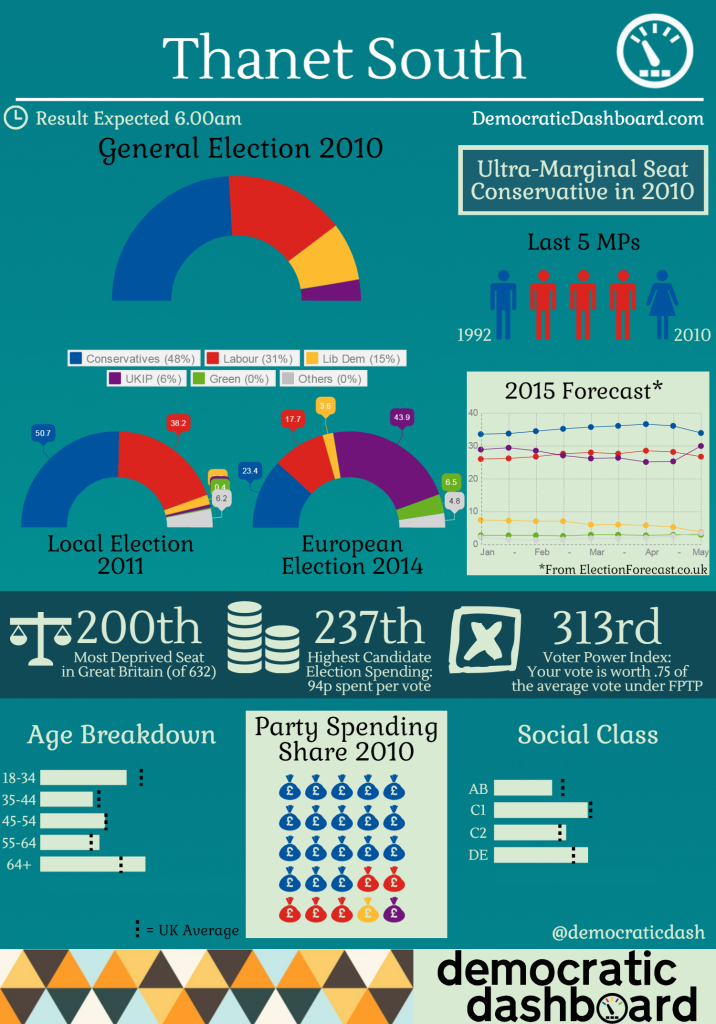
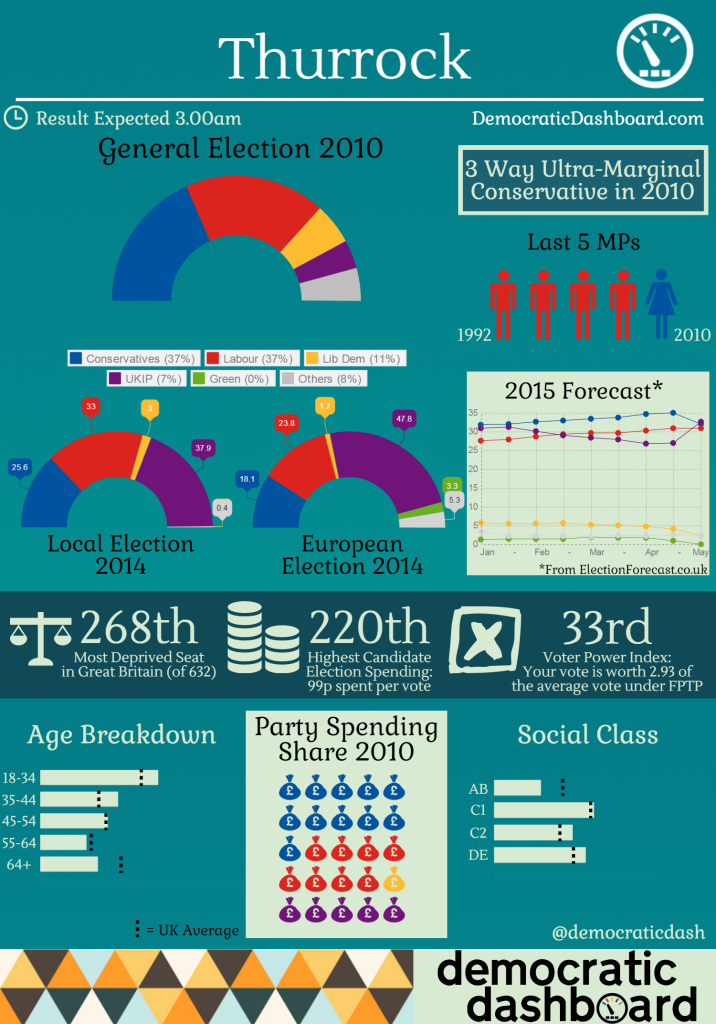
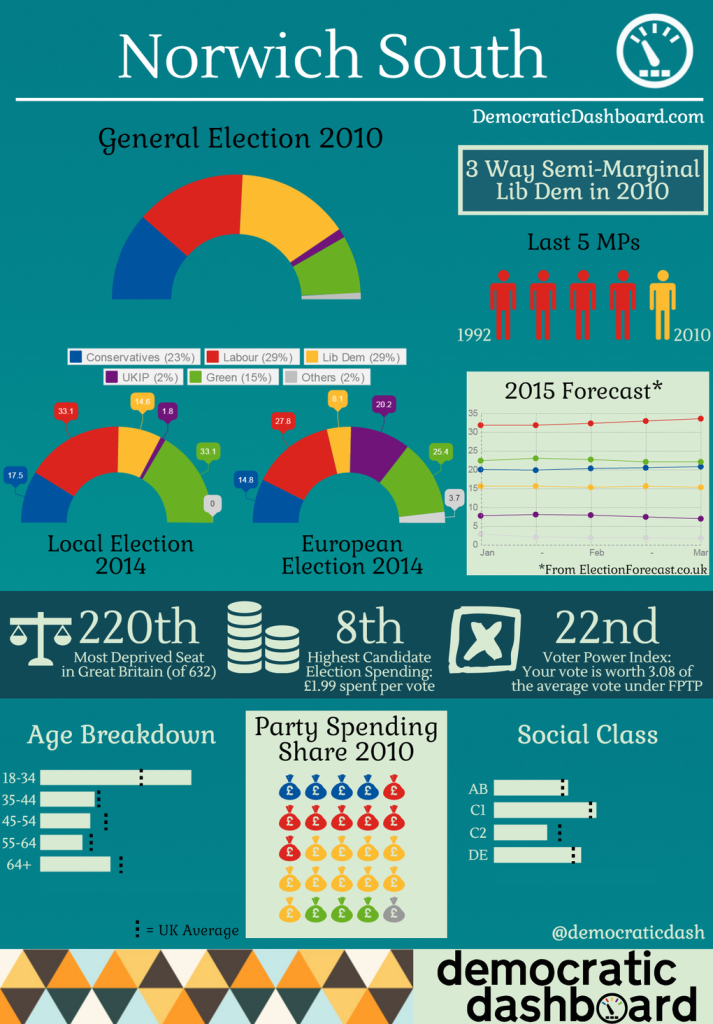

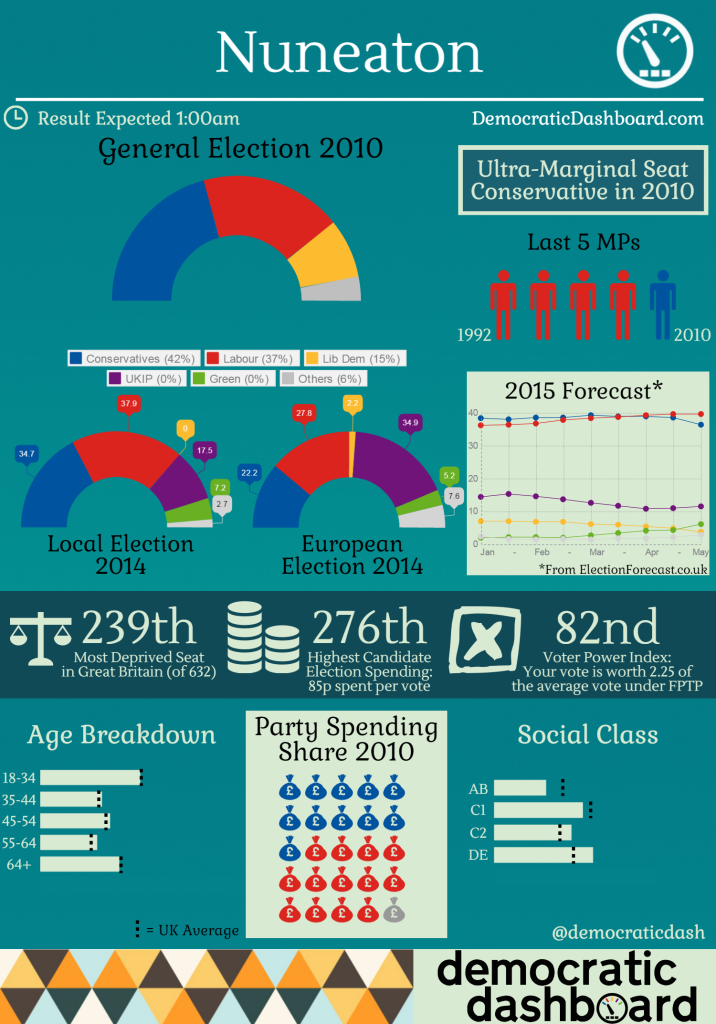
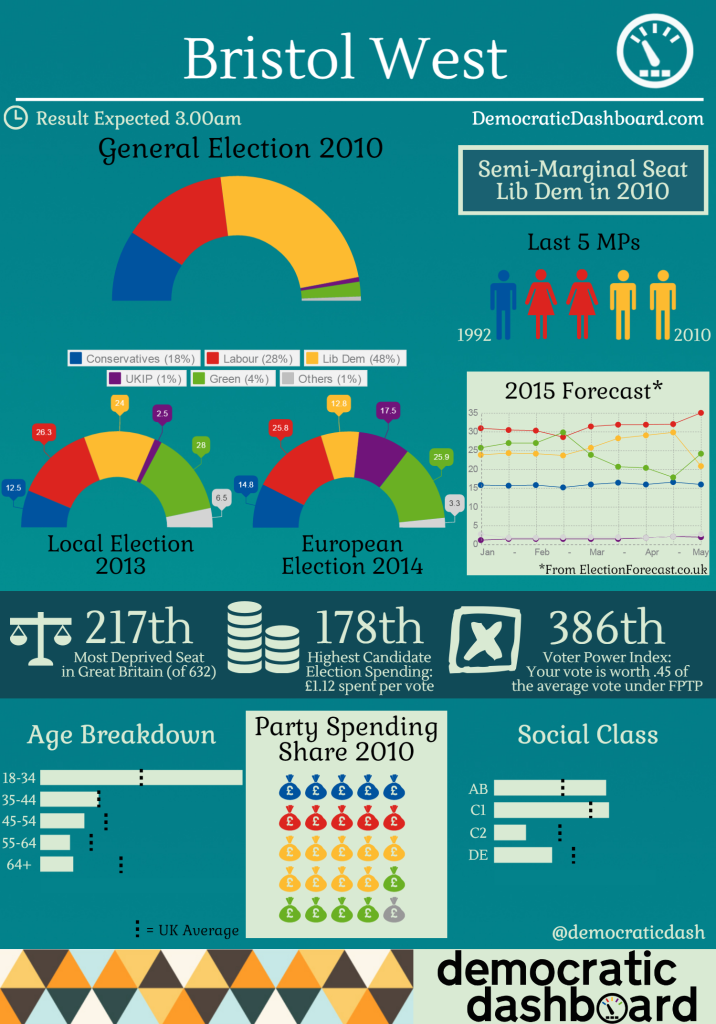
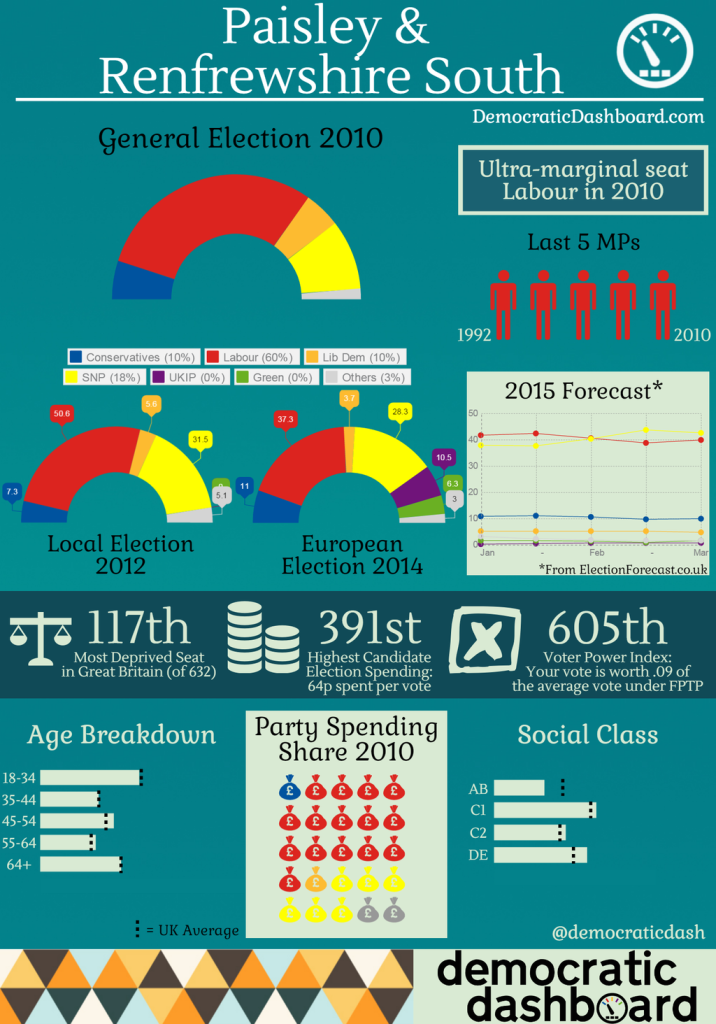




 Democratic Audit's core funding is provided by the Joseph Rowntree Charitable Trust. Additional funding is provided by the London School of Economics.
Democratic Audit's core funding is provided by the Joseph Rowntree Charitable Trust. Additional funding is provided by the London School of Economics.
10 key contests to look out for on election night https://t.co/2LULpR6pUX
Which marginal seats to keep an eye on tonight (when you shld be in bed!) at @democraticaudit. Fab graphics, @se_kip! https://t.co/yOXOdjBV5o
10 key contests to look out for on election night https://t.co/677b3q1Hk0 #Option2Spoil
10 key contests to look out for on election night https://t.co/HnOzUzUMU8